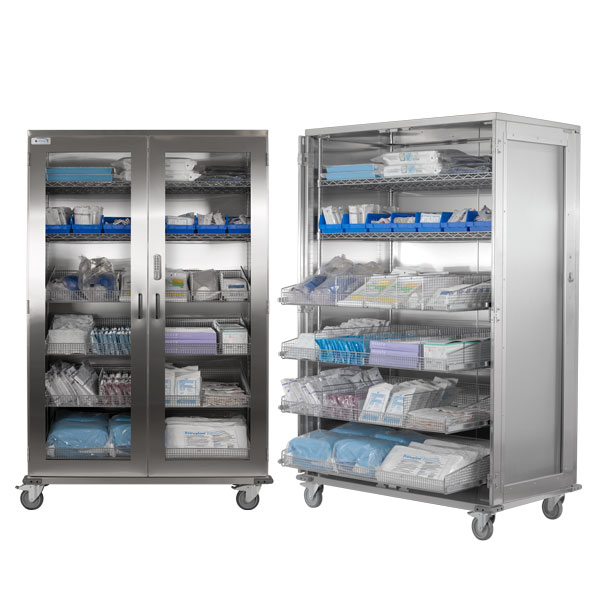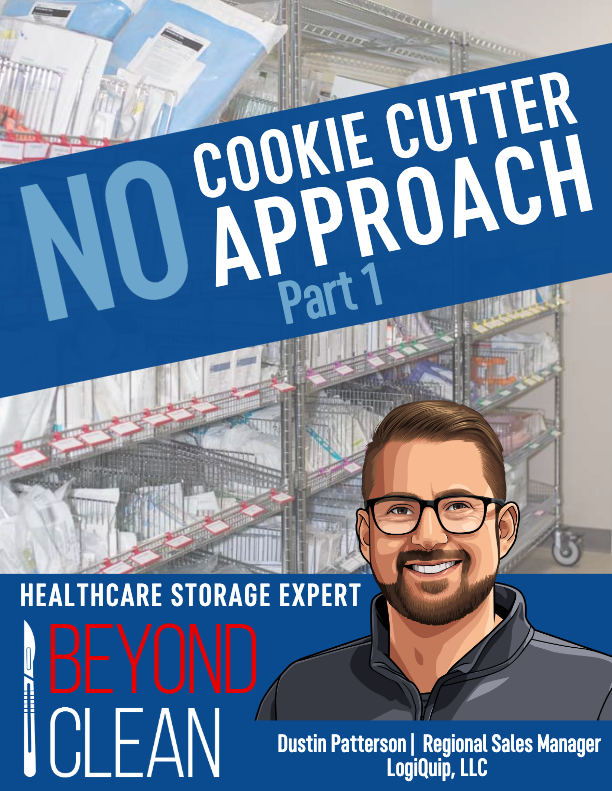Implant Storage
Due to the high dollar value of implants, special considerations need to be given to how implants are stored. From Storage to Documentation to Use, here are some tips for optimizing storage conditions to help set you up for success.
Secure Location: Implant inventory has a high dollar value and requires traceability. Placing implants in secure storage reduces loss from theft and aids in enforcing compliance with documentation and tracking requirements.
Storage Temperature: Proper storage temperature and humidity is critical for the integrity of most tissue implants. Any deviation from temperature requirements can render an implant useless, negatively impact patient care and your bottom line.
Clean Storage: Implant inventory should be stored in a clean area and/or cabinets. It is possible that these products will be taken from storage to the OR suite. Maintaining clean, sterile products will reduce the potential introduction of pathogens into the surgical environment.
Product Rotation: Typically, inventory has a short shelf life adding more challenges to high dollar inventory management. Inventory levels need to be monitored daily to help ensure proper inventory levels are maintained without overstocking or inventory loss due to expiration.
Documentation: A high degree of documentation and maintenance of records is necessary with implant storage. A clear policy documenting process requirements and outlining staff levels of responsibility is critical to the success of the implant inventory management program. Patient safety, regulatory obligations, and other reporting and tracking requirements are significantly greater for implant inventory. Trying to “catch up” on documentation after the fact is inefficient at best, or simply not possible.
To view products that support the tips and tricks outlined in this article, click here





